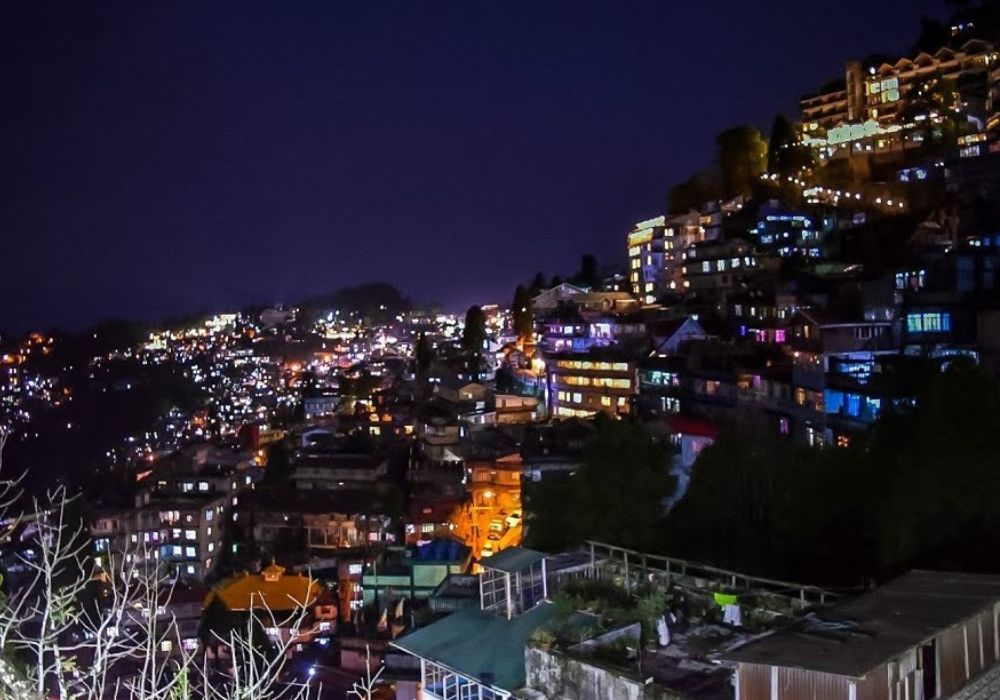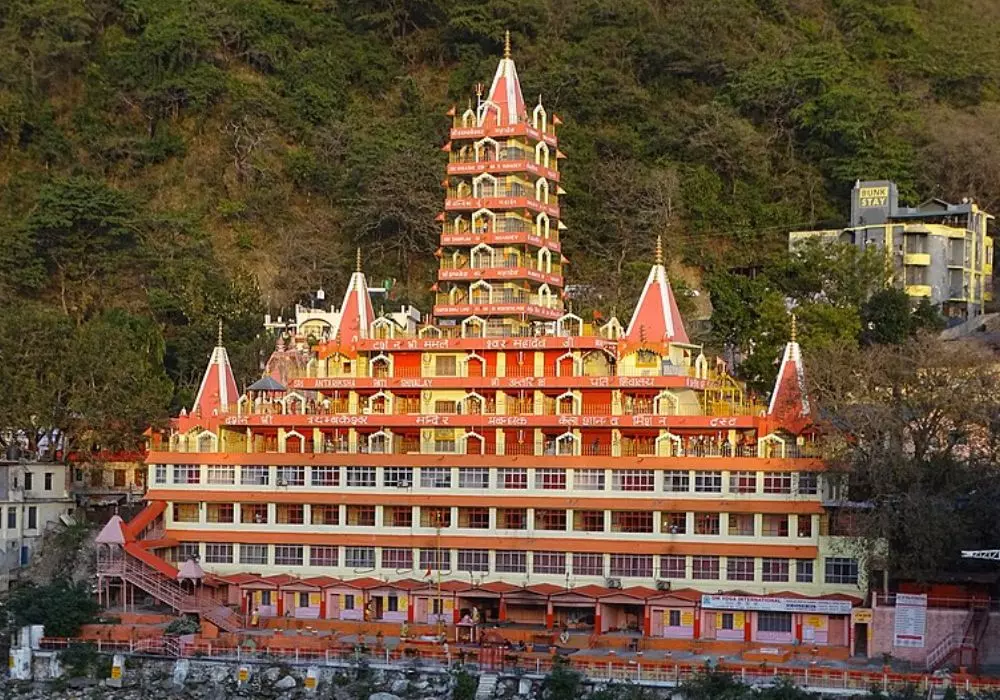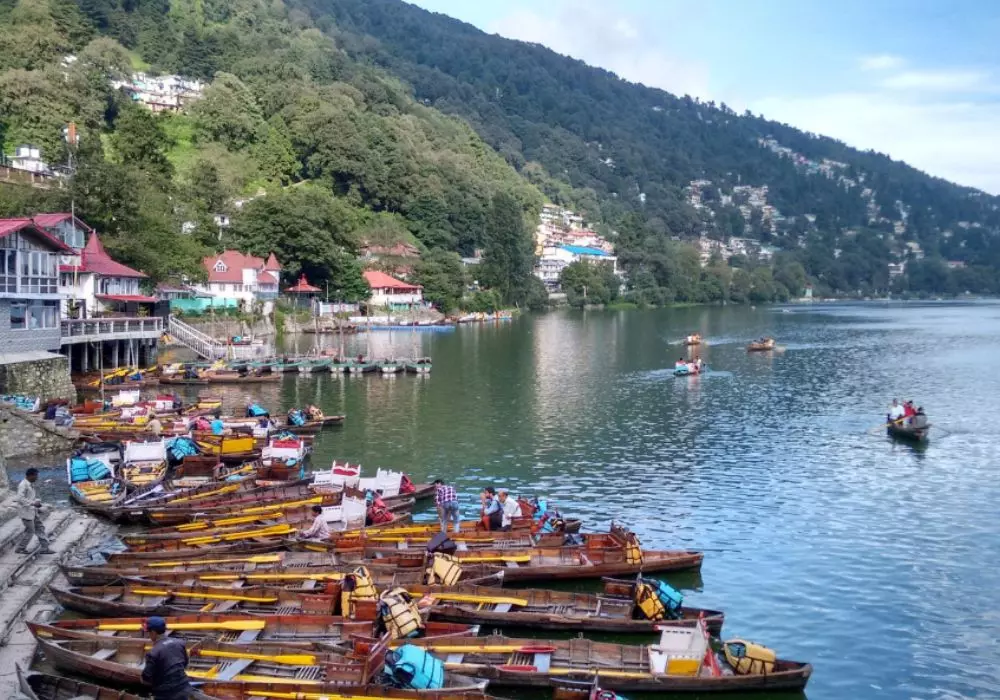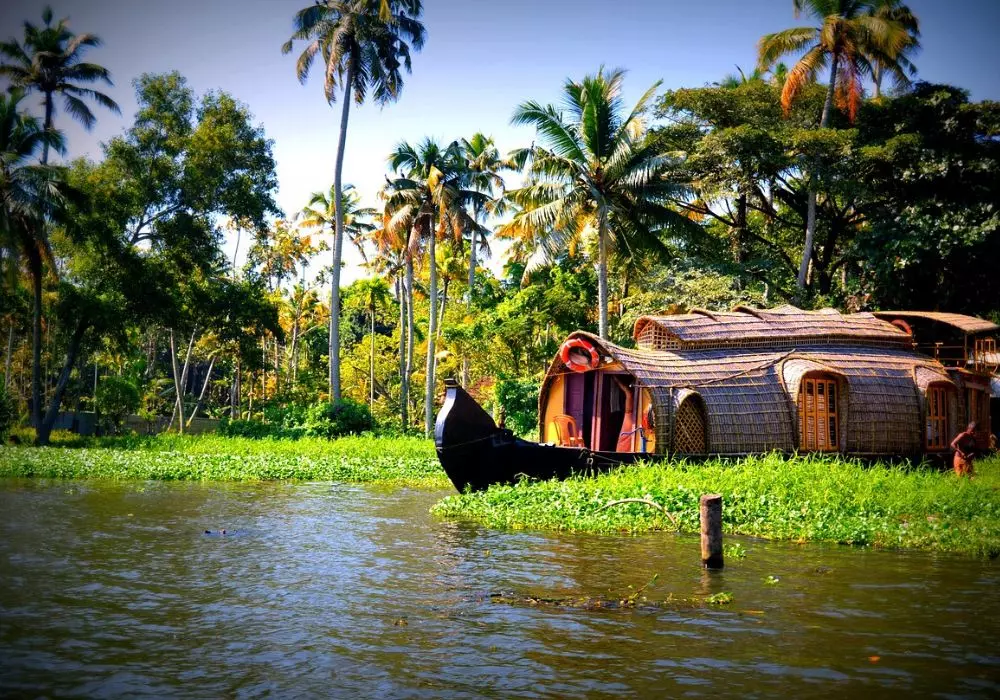Darjeeling Hill Station, often referred to simply as Darjeeling, is a picturesque town nestled in the foothills of the Himalayas in the Indian state of West Bengal. Renowned for its stunning natural beauty and rich cultural heritage, Darjeeling Hill Station has long been a popular destination for travelers seeking a peaceful retreat amidst breathtaking landscapes.
The history of Darjeeling Hill Station is closely intertwined with its colonial past. Originally inhabited by the indigenous Lepcha community, Darjeeling came under British rule in the early 19th century. Recognizing its strategic location and cool climate, the British developed Darjeeling as a hill station, establishing schools, churches, and a sanatorium for British soldiers.
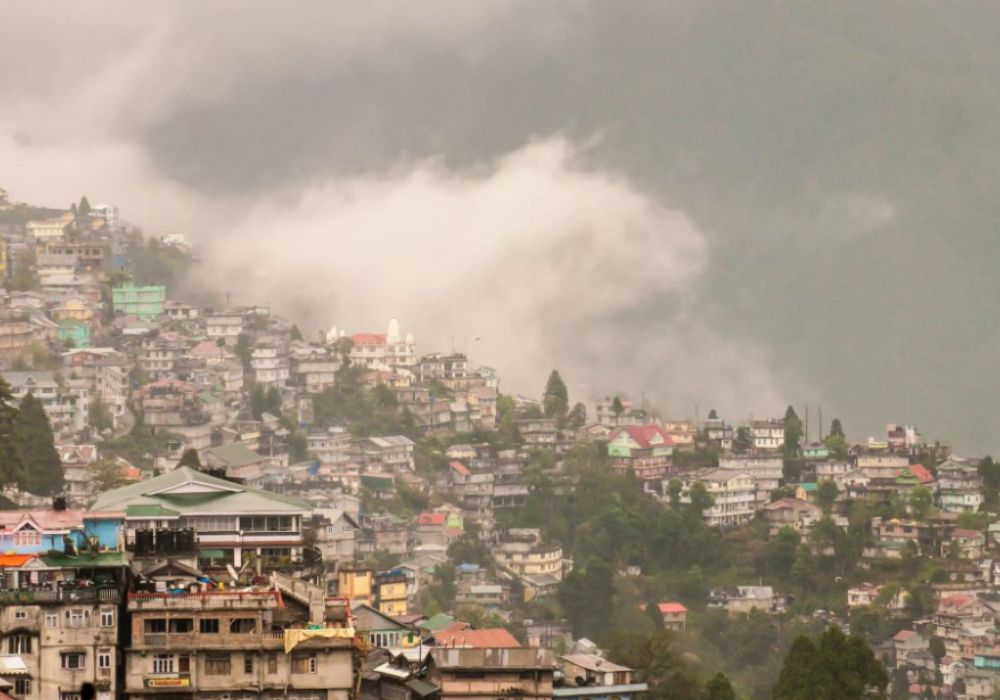

One of the most enduring legacies of British colonial rule in Darjeeling is the tea industry. Introduced by the British in the mid-19th century, tea cultivation quickly became a major economic activity in the region. Darjeeling soon gained a reputation for producing some of the finest teas in the world, prized for their delicate flavor and aroma.
Today, Darjeeling Hill Station continues to enchant visitors with its stunning views, vibrant culture, and warm hospitality. Whether exploring its tea gardens, taking a ride on the iconic Darjeeling Himalayan Railway, or simply soaking in the serene beauty of the mountains, Darjeeling offers a truly unforgettable experience for travelers of all ages.
Darjeeling Hill Station: Geography and Climate
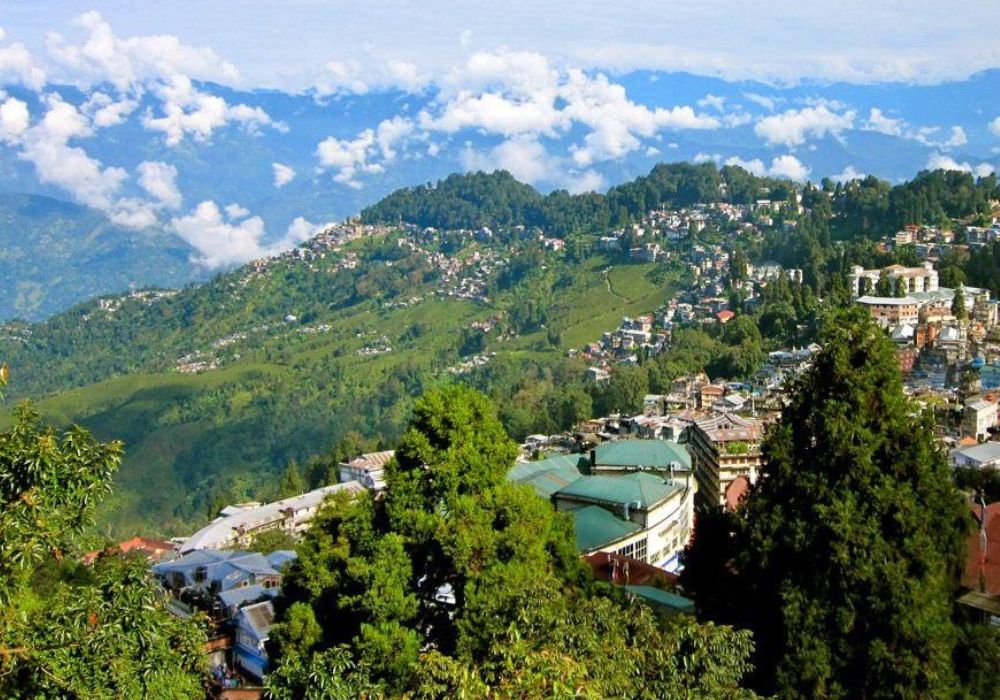

Darjeeling Hill Station is situated in the northern part of West Bengal, India, bordering the state of Sikkim to the north and Nepal to the west. Perched at an average elevation of 6,700 feet (2,042 meters) above sea level, Darjeeling offers breathtaking views of the snow-capped peaks of the Himalayas, including the majestic Kanchenjunga, the third highest mountain in the world.
The topography of Darjeeling is characterized by steep slopes and lush greenery, with tea gardens dotting the landscape. The town is surrounded by dense forests, providing habitat to a variety of flora and fauna.
The hilly terrain of Darjeeling makes it a popular destination for trekking and hiking enthusiasts, offering numerous trails that lead to stunning viewpoints and picturesque villages. Darjeeling experiences a subtropical highland climate, with cool summers and cold winters.
The monsoon season, from June to September, brings heavy rainfall to the region, which can sometimes lead to landslides and road closures. The best time to visit Darjeeling is during the spring and autumn months, when the weather is mild and the skies are clear, offering spectacular views of the Himalayan peaks.
Getting to Darjeeling
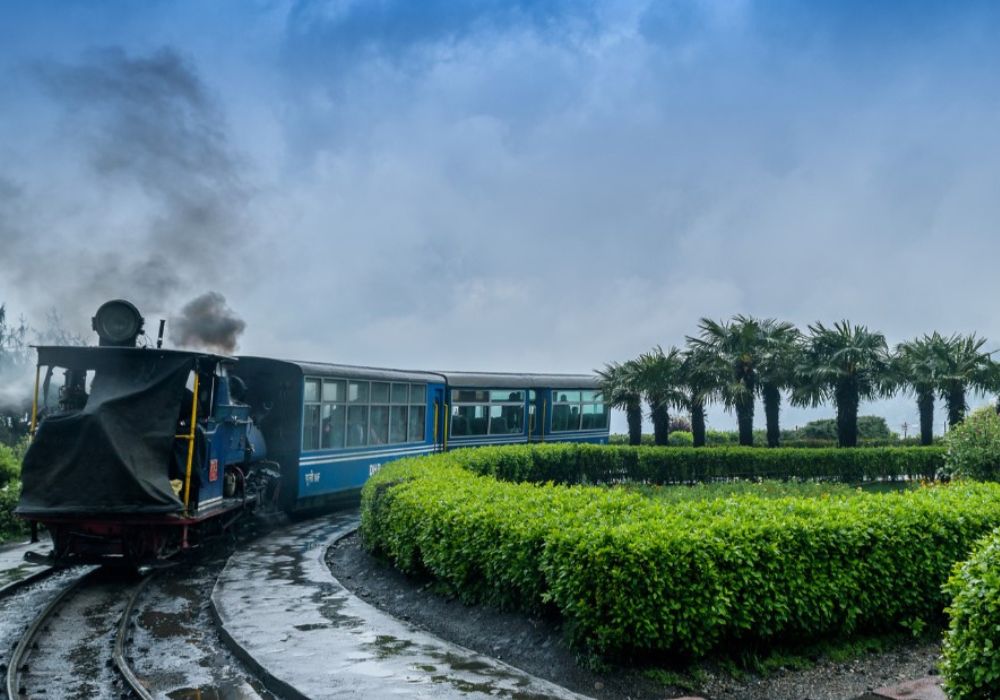

Darjeeling Hill Station is well-connected to the rest of India by air, train, and road, offering visitors various options to reach this charming destination.
By Air: The nearest airport to Darjeeling is Bagdogra Airport, located about 70 kilometers away. From the airport, visitors can hire a taxi or take a bus to reach Darjeeling. Bagdogra Airport is well-connected to major cities in India, including Delhi, Kolkata, and Guwahati, with regular flights operated by major airlines.
By Train: The nearest major railway station to Darjeeling is New Jalpaiguri (NJP), which is well-connected to major cities like Kolkata, Delhi, and Mumbai. From NJP, visitors can take a scenic toy train ride to Darjeeling, which offers breathtaking views of the surrounding mountains and valleys.
The toy train is a UNESCO World Heritage Site and is a popular attraction among tourists visiting Darjeeling.
By Road: Darjeeling is well-connected to nearby towns and cities by a network of well-maintained roads. Visitors can hire a taxi or take a bus from Siliguri, which is the gateway to the hills. The journey from Siliguri to Darjeeling takes about 3-4 hours and offers stunning views of the Himalayan landscape.
Private taxis and shared jeeps are also available for hire for a more comfortable and convenient journey.
Accommodation Options
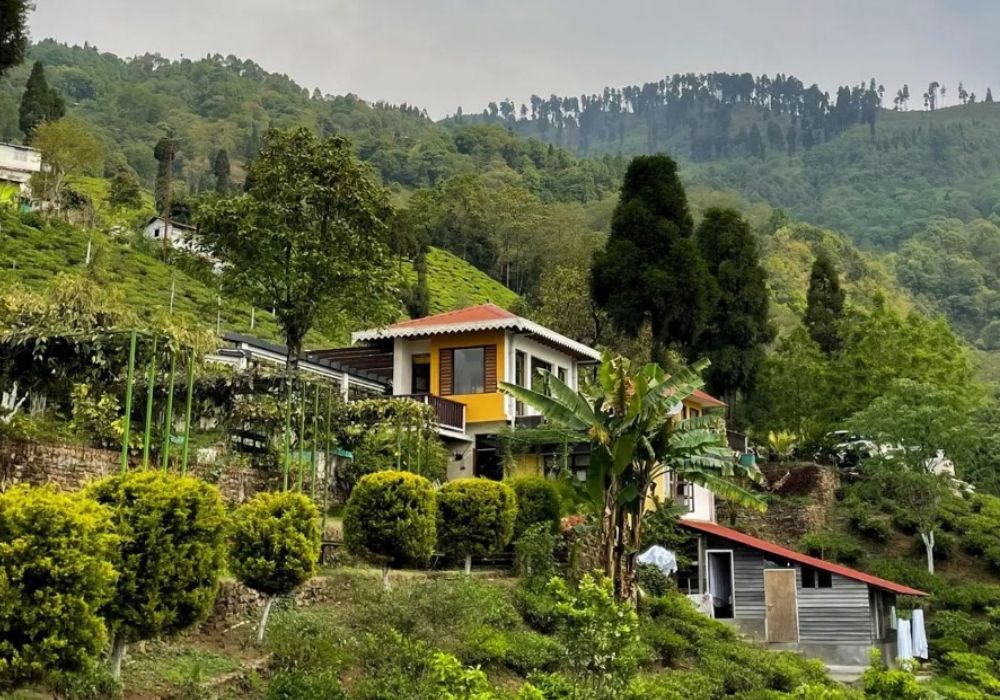

Darjeeling Hill Station offers a variety of accommodation options to suit every budget and preference, ranging from luxury hotels to budget guesthouses and homestays.
Hotels
Darjeeling boasts a number of hotels that cater to the needs of luxury travelers. These hotels offer a range of amenities, including spacious rooms, fine dining restaurants, and recreational facilities such as spas and fitness centers. Some popular hotels in Darjeeling include the Windamere Hotel, Mayfair Darjeeling, and the Elgin Darjeeling.
Guesthouses
For travelers looking for a more affordable accommodation option, guesthouses in Darjeeling are a great choice. These guesthouses offer comfortable rooms and personalized service, making them ideal for budget-conscious travelers. Many guesthouses in Darjeeling are located in scenic locations, offering stunning views of the surrounding mountains and valleys.
Homestays
For a more authentic experience, travelers can opt to stay in homestays in Darjeeling. Homestays offer a unique opportunity to stay with local families and experience the local way of life.
Guests can enjoy home-cooked meals and learn about the local culture and traditions from their hosts. Homestays in Darjeeling are often located in quaint villages, offering a peaceful and serene environment for guests to relax and unwind.
Things to Do and See
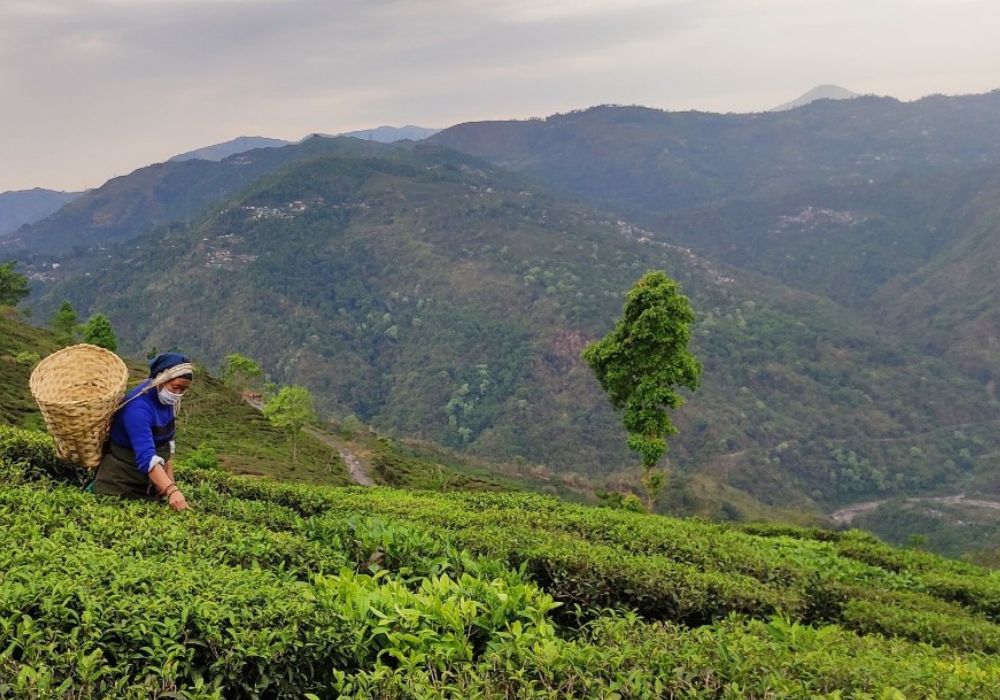

Darjeeling Hill Station offers a variety of attractions and activities for visitors to enjoy, ranging from scenic viewpoints to cultural landmarks.
- Tiger Hill: One of the most popular tourist spots in Darjeeling, Tiger Hill offers stunning views of the sunrise over the Himalayas. On a clear day, visitors can see the peaks of Mount Everest and Kanchenjunga from the hilltop.
- Batasia Loop: Located near Darjeeling, Batasia Loop is a unique railway loop where the famous Darjeeling Himalayan Railway makes a spiral loop around a garden. It offers panoramic views of the surrounding mountains and is a popular spot for photography enthusiasts.
- Peace Pagoda: Situated on the slopes of Jalapahar Hill, the Peace Pagoda is a beautiful Buddhist stupa that offers a tranquil setting for meditation and reflection. The pagoda also offers panoramic views of Darjeeling town and the surrounding mountains.
- Himalayan Mountaineering Institute: Founded in 1954, the Himalayan Mountaineering Institute is a premier mountaineering institute that offers training in mountaineering and allied sports. The institute also houses a museum that showcases the history of mountaineering in the region.
- Tea Gardens: Darjeeling is famous for its tea gardens, which produce some of the finest teas in the world. Visitors can take a guided tour of the tea gardens to learn about the tea-making process and sample different varieties of Darjeeling tea.
- Toy Train Ride: A ride on the Darjeeling Himalayan Railway, also known as the Toy Train, is a must-do experience for visitors to Darjeeling. The narrow-gauge railway runs between Darjeeling and New Jalpaiguri and offers breathtaking views of the Himalayan landscape.
These are just a few of the many attractions that Darjeeling has to offer. Whether you’re a nature lover, a history buff, or simply looking to relax and unwind, Darjeeling Hill Station has something for everyone.
Local Cuisine and Dining Options
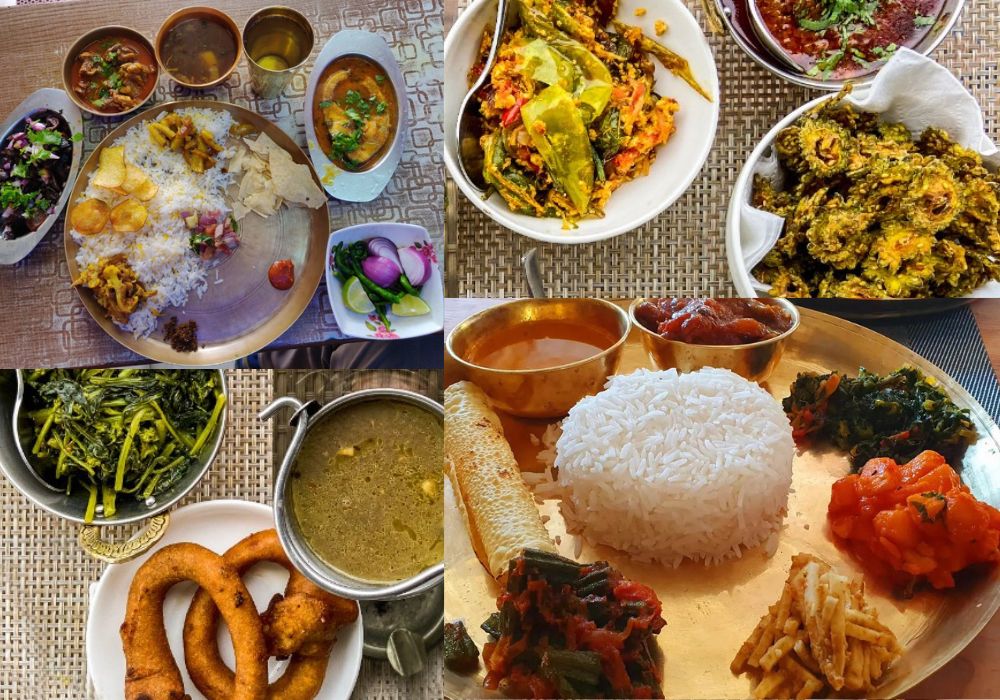

Darjeeling Hill Station is not only known for its breathtaking views and rich culture but also for its unique and flavorful cuisine. Here’s a look at some of the culinary delights that Darjeeling has to offer:
Darjeeling Tea: Perhaps the most famous product to come out of Darjeeling is its tea. Known for its distinct aroma and flavor, Darjeeling tea is celebrated worldwide for its exceptional quality. Visitors to Darjeeling can enjoy a cup of freshly brewed Darjeeling tea at one of the many tea houses and cafes scattered across the town.
Local Food Specialties: Darjeeling’s cuisine is a delightful blend of Nepali, Tibetan, and Bengali influences. Some of the must-try local dishes include momos (steamed dumplings filled with meat or vegetables), thukpa (a hearty noodle soup), and aloo dum (spiced potatoes).
These dishes are best enjoyed at local eateries and street food stalls, where they are prepared using traditional recipes and fresh, locally sourced ingredients.
Restaurants and Cafes: Darjeeling is home to a variety of restaurants and cafes that cater to different tastes and budgets. Whether you’re in the mood for authentic Tibetan cuisine, continental fare, or a simple cup of chai, you’ll find plenty of options to choose from.
Some popular restaurants and cafes in Darjeeling include Glenary’s, Keventer’s, and Sonam’s Kitchen, all of which offer a cozy ambiance and delicious food.
Overall, Darjeeling’s culinary scene is as diverse and vibrant as its culture and landscape. Whether you’re a foodie looking to sample the local flavors or simply in need of a good cup of tea, Darjeeling Hill Station has something to satisfy every palate.
Shopping in Darjeeling
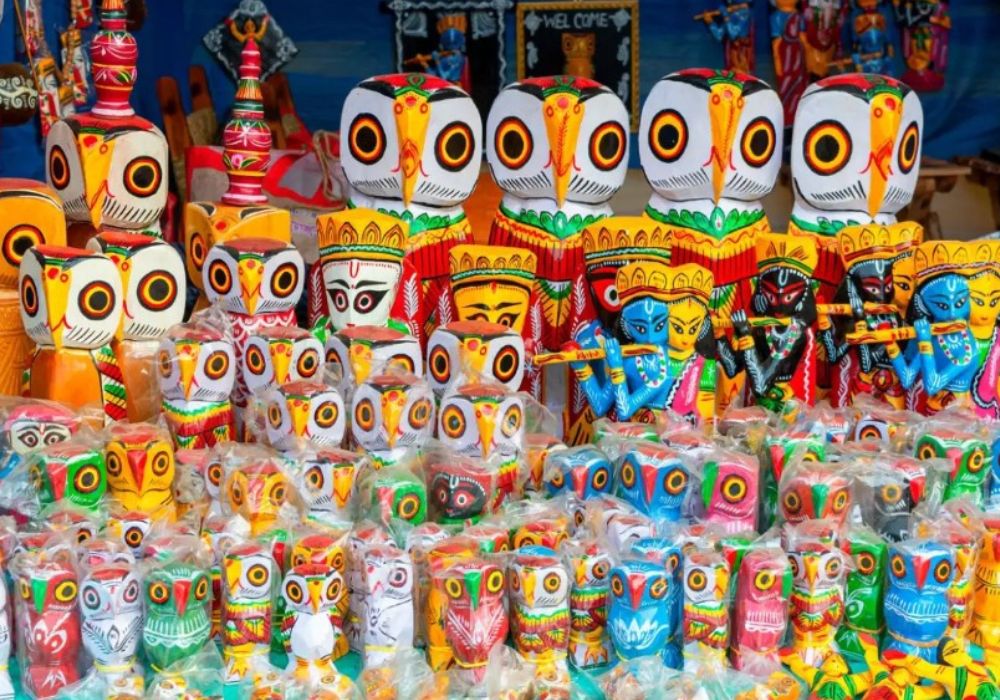

Darjeeling Hill Station offers a unique shopping experience, with a variety of shops and markets selling local handicrafts, tea, and woolen items.
Local Handicrafts: Darjeeling is known for its vibrant arts and crafts scene, with local artisans creating beautiful handicrafts that reflect the region’s rich cultural heritage.
Visitors can shop for a wide range of handicrafts, including hand-woven textiles, wooden carvings, and traditional Tibetan artifacts. Some popular shopping areas for handicrafts in Darjeeling include Nehru Road, Chowrasta, and the Tibetan Self Help Refugee Center.
Tea: No visit to Darjeeling is complete without sampling its world-famous tea. Visitors can purchase a variety of Darjeeling teas, including black, green, white, and oolong varieties, from local tea shops and tea estates.
Many tea shops also offer guided tours and tastings, allowing visitors to learn more about the tea-making process and the history of tea in Darjeeling.
Woolen Items: Darjeeling’s cool climate makes it an ideal place to shop for woolen items such as shawls, sweaters, and scarves. Visitors can find a variety of woolen items in the local markets, with many shops selling hand-knitted items made from locally sourced wool. Woolen items make for great souvenirs and gifts, reminding visitors of their time in the beautiful hill station of Darjeeling.
Safety Tips and Travel Advisory
While Darjeeling is generally a safe destination for travelers, it is important to take some precautions to ensure a safe and enjoyable trip. Here are some safety tips and travel advisories for visitors to Darjeeling:
- Altitude Sickness: Due to its high altitude, some visitors may experience symptoms of altitude sickness, such as headache, nausea, and dizziness. It is recommended to acclimatize slowly and drink plenty of fluids to avoid altitude sickness.
- Weather: Darjeeling experiences a cool climate throughout the year, with temperatures dropping significantly in the winter months. Visitors should pack warm clothing, especially if traveling during the winter season, to stay comfortable.
- Road Safety: The roads in Darjeeling can be narrow and winding, so it is important to exercise caution when driving or walking along the roads. Be aware of your surroundings and follow traffic rules to avoid accidents.
- Healthcare: While Darjeeling has several healthcare facilities, including hospitals and clinics, it is advisable to carry a basic first aid kit and any necessary medications with you. Travelers with specific medical conditions should consult a healthcare professional before traveling to Darjeeling.
- Security: Darjeeling is a relatively safe destination, but travelers should still take precautions to protect their belongings. Keep your valuables secure and be aware of your surroundings, especially in crowded areas and tourist spots.
- Local Customs: Darjeeling is a culturally diverse region with a mix of Nepali, Tibetan, and Bengali influences. Visitors should respect local customs and traditions, especially when visiting religious sites and interacting with locals.
By following these safety tips and travel advisories, visitors can have a safe and enjoyable experience in Darjeeling, exploring its natural beauty and rich cultural heritage.
Conclusion
In conclusion, Darjeeling Hill Station is a destination that offers a unique blend of natural beauty, rich history, and vibrant culture. From its stunning views of the Himalayas to its charming tea gardens and bustling markets, Darjeeling has something to offer every traveler.
Whether you’re a nature enthusiast looking to explore the great outdoors, a foodie eager to sample the local cuisine, or a history buff interested in the region’s colonial past, Darjeeling has a wealth of experiences waiting to be discovered.
So, pack your bags and embark on an unforgettable journey to Darjeeling Hill Station, where every moment is sure to be filled with beauty, adventure, and warm hospitality.
